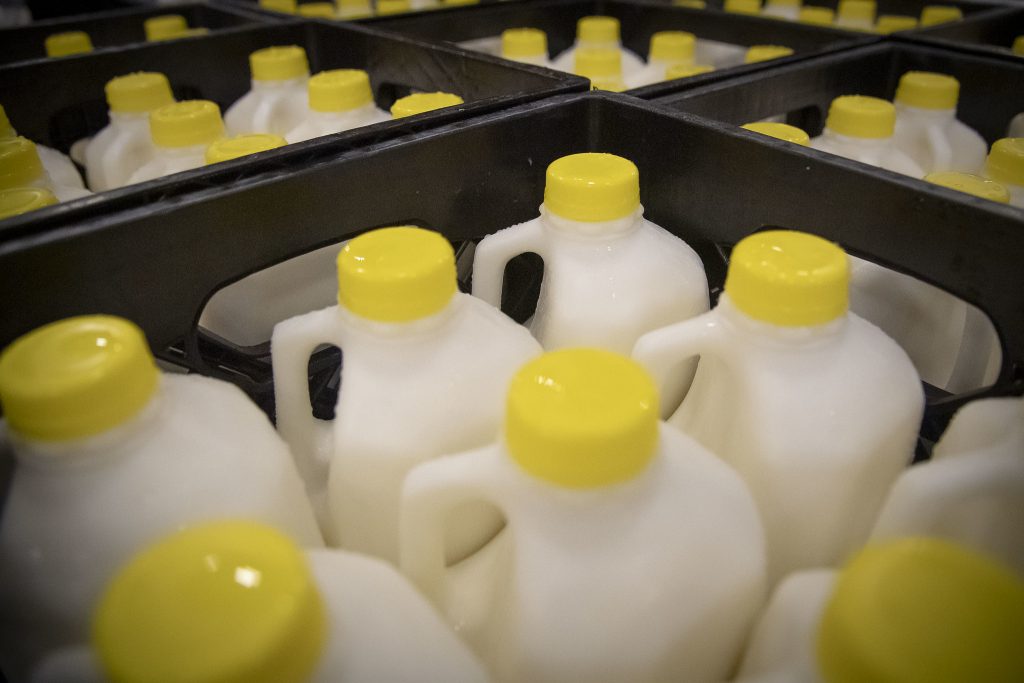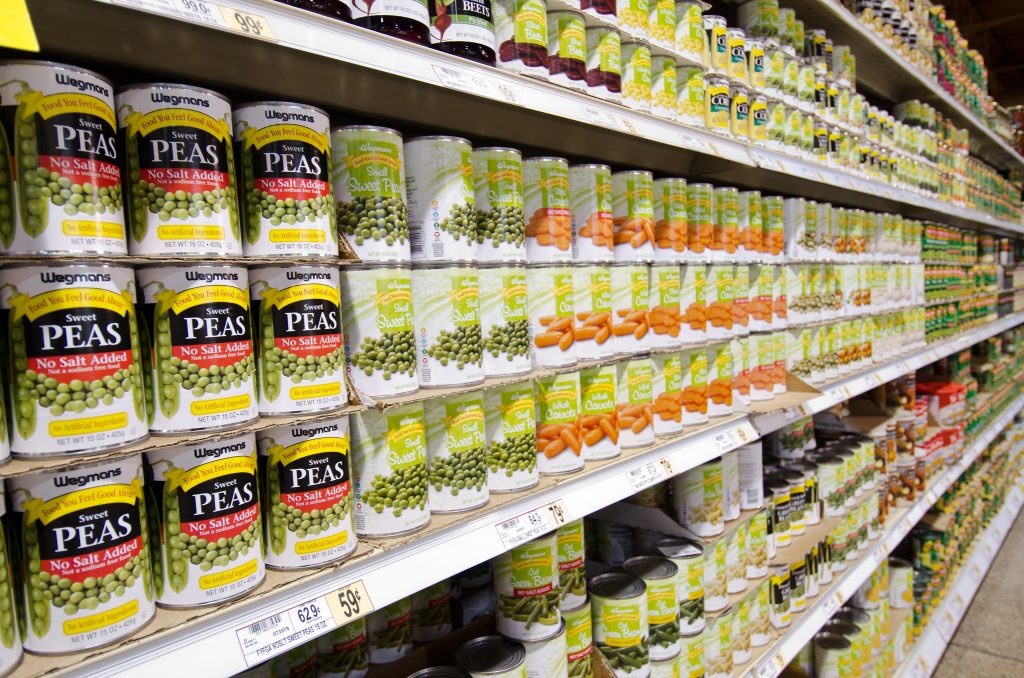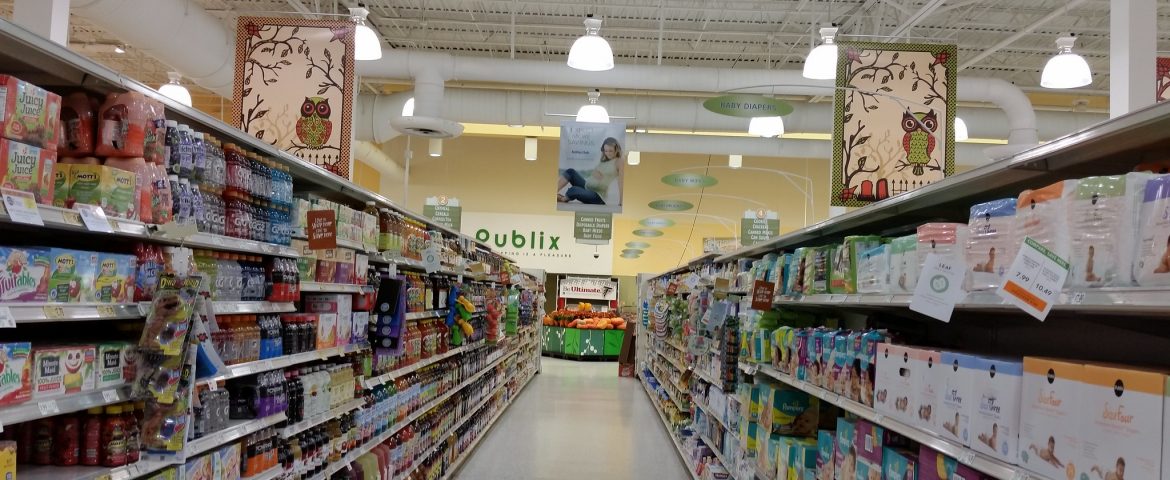COVID19 struck a blow to many supply chains as transportation providers cancelled ocean and air movements, factories were shutdown due to spread and even warehouses shutdown due to employees contracting the virus.
For many around the world, their financial situation has come under strain as global economies have shutdown in an effort to combat spread of the virus.
Following the initial rush on toilet paper, paper towels and any type of soap or disinfectant, food and grocery providers have struggled with seemingly odd consumer demand trends throughout the pandemic.
Meats flew off the shelves, as did canned goods, yet dairy products were in some places discarded as demand was insuffient for the industry’s supply.
For supply chain managers, coordinating the supply chains of perishable meats, dairy, vegatables and fruits is more hands on and rigorous due to product waste if certain perameters and freshness targets aren’t maintained.
Let’s take a look at a few trends we’ve seen regarding grocery supply and demand through the early part of the summer.
Rising Prices:
Meats such as bacon, hot dogs, pork, seafood and beef rose in the 4-7% range.
Sugary desserts such as cookies, doughnuts and cakes rose around 2-3%
Snacks, drinks and flour also rose around 2%
Even coffee, cereal and vegatables saw a moderate 1-2% rise in prices.
Flat:
cheese, rice and poultry remained flat with little to no significant price movement.
Lower Prices:
Dairy, eggs, milk and butter all saw declines in demand with 1-3% drops in grocery store prices.
Apples also saw a around 2% price drop.
No restaurants means more home cooking
For many Americans, the new reality is spending less on restaurants and more at the grocery store to eat in, generally this results in a substantial cost savings as even with mildly increased grocery prices, the overall cash going towards food is much less without the constant restaurant spending. Many grocery outlets are simply removing incentives and sales on items that are in high demand. Which is in effect raising the price to the end consumer. Most consumers aren’t noticing or feeling this increase in price, which likely means that many grocery stores will keep the current higher prices as “standard” going forward. Consumers right now are just happy to be able to get the items and are seeing their credit card statements being lower than normal due to so little restaurant spending.

A look into Dairy
While dairy prices have only dropped by a few points, the dairy industry is seeing a volume drop of around 12-15% in overall demand. It’s an odd change without a clear explanation other than many consumers are more interested in non perishable products, yet the demand for fresh meat is still high. For the dairy industry, this volume drop is hitting hard as the industry has already been experiencing a pronounced drop in demand as consumer tastes shift. Also the introduction of milk alternatives has lowered milk demand.
Continued Covid19 risks
The largest risk to keep grocery store shelves stocked is spot fire covid19 breakouts in warehouses, food production facilities or distribution centers. Particularly for perishable items, inventory is maintained at a low level and a facility shutdown can result in empty shelves pretty quick.
Transportation providers are also adapting to new demand, as trucking and rail intermodal containers both dry and refrigerated are repositioned to provide for proper capacity where it has increased.
As certain regions start to reopen, then potentially shutdown for a second time, supply and demand will continue to shift and be volatile.

Many food producers have a somewhat complicated supply chain with more foods getting to your local Kroger via cross border freight from Mexico than you would think. Many snack foods are moved via truck and train from factories in Mexico to US distribution centers. These being non perishable items however means that a larger inventory can be carried and less pressure put on cross border freight providers to get the products to their destination “yesterday”. For perishable fruit and vegatables such as salad and bananas, they require a lot more care and more rapid cross border freight due to their short shelf life.
When demand levels change, there is a lead time from the producer on the increase or decrease in volume that is being shipped. Hence with rapid volume changes from covid19 spot fire and localized spikes, it will be nearly impossible for inventory levels to be maintained at correct levels which presents both empty shelves for some products and over supply of others.
Transportation and Provider Disruption
Transportation Providers have struggled to maintain fluid networks through the pandemic, with logistics companies moving trucking, rail and ocean assets to lanes where they are needed, and away from certain lanes where factory shut downs have dropped volume to unprofitable levels.
This has resulted in volatile freight shipment costs both domestically for intermodal, truck, air and ltl, and also cross border intermodal and cross border trucking, which provides a lot of freight services necessary to move freight, including food products from Mexico to US distribution centers.
Freight Market Volatility will likely continue for some time as providers are constantly altering their networks for optimized ROI and asset utilization.
Refrigerated trucking providers, and cross border Mexico refrigerated rates are also following this volatility with some companies preferring to use cross border Mexico intermodal that can provide capacity where trucking carriers lack it.
Overall it’s hard to predict how grocery prices will trend throughout the rest of the year, it is unlikely prices will drop, other than perhaps some dairy products. Many estimate that grocery stores will try to set current levels as the new norm, which will be frustrating for many consumers. Supply chain volatility is certainly playing a role in driving grocery costs up, which many supply chain professionals don’t expect to end anytime soon.
About Zmodal
Zmodal is a digital logistics provider, with easy access to North American trucking and intermodal rail service options all through our easy to use dashboard. Search routes, pricing and book a load within in minutes, all while feature data analytics, digital document management and full shipment visibility.



